- Home
- Articles
- Architectural Portfolio
- Architectral Presentation
- Inspirational Stories
- Architecture News
- Visualization
- BIM Industry
- Facade Design
- Parametric Design
- Career
- Landscape Architecture
- Construction
- Artificial Intelligence
- Sketching
- Design Softwares
- Diagrams
- Writing
- Architectural Tips
- Sustainability
- Courses
- Concept
- Technology
- History & Heritage
- Future of Architecture
- Guides & How-To
- Art & Culture
- Projects
- Interior Design
- Competitions
- Jobs
- Store
- Tools
- More
- Home
- Articles
- Architectural Portfolio
- Architectral Presentation
- Inspirational Stories
- Architecture News
- Visualization
- BIM Industry
- Facade Design
- Parametric Design
- Career
- Landscape Architecture
- Construction
- Artificial Intelligence
- Sketching
- Design Softwares
- Diagrams
- Writing
- Architectural Tips
- Sustainability
- Courses
- Concept
- Technology
- History & Heritage
- Future of Architecture
- Guides & How-To
- Art & Culture
- Projects
- Interior Design
- Competitions
- Jobs
- Store
- Tools
- More
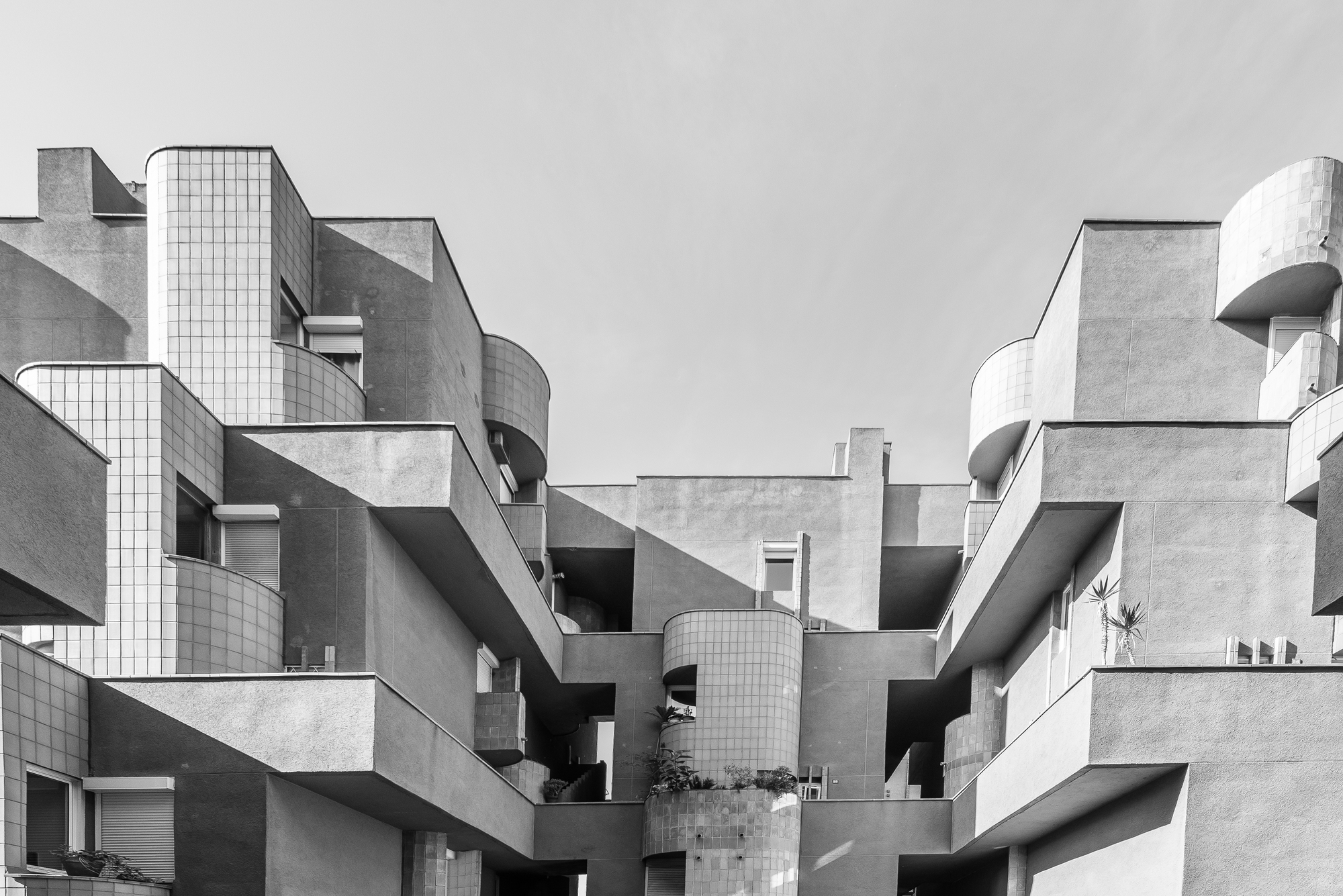
Brutalism is a form of architecture that incorporates bold, structurally innovative forms whose primary raw material is raw concrete. It is an architectural style, a form of modernism that emerged between 1950 and 1980.
Brutalism highlights the exposure of the building’s key elements and materials. Brutalism is about the visibility of the building’s mechanical systems and support structures.
Brutalism in architecture, ideologically, represents the concept of making structural components visible. Brutalist architecture can be recognized by the prominence of basic building materials, especially concrete.

Concrete is a solid material, and the buildings built by Brutalist architects to make the most of it are also very solid. These robust Brutalist buildings are designs that appear as monolithic masses, almost as if formed from a single concrete block.
The first great representative of Brutalism, one of the late interpretations of the “Modern Architectural Movement”, is Le Corbusier. With Unite d’Habitation, which he designed in 1952 in France, which could not yet be recovered after the Second World War, Le Corbusier brought an important example of Brutalism to architecture, the influence of which will last until today.

According to the general opinion, this mass housing project of Le Corbusier, which is the point of emergence of brutalist architecture, is one of the most important projects that best define the requirements of the period and affect the architecture of the future. Unite d’Habitation has many of the characteristics of Brutalism; A rectangular building block rising on a bare colonnade system, a facade design designed with raw concrete and a repeated architectural texture… This living machine, designed for the working class and which can accommodate up to 1600 people, had a design free from ornamentation and dysfunctional elements, just like modern architecture as required.
Another of the most important examples of Brutalist architecture is Pompidou in France. The Pompidou Cultural Center, designed by Renzo Piano and Richard Rogers, is a brutalist work that still continues to be popular and that architectural designers are inspired by in their projects. Completed in 1977, the project differs from other brutalist structures with its contemporary materials and more modern stance. This time, the architects used structural steel and glass instead of exposed concrete. Stairs, plumbing pipes, steel structures that provide the vertical circulation of the building, in short all the components of the building, have been transformed into exhibition items with all their transparency.

- Brutalism
- Brutalism architecture firm
- Brutalism examples
- Brutalism form
- Brutalism history
- Brutalist architects
- Brutalist architectural details
- Brutalist Architecture
- Brutalist buildings
- Brutalist commercial buildings
- Brutalist Design
- Brutalist furniture
- Brutalist homes
- Brutalist interior design
- Brutalist renovation
- Brutalist residential design
- Brutalist skyscrapers
- Brutalist structure
- Brutalist style
- Brutalist urban planning
- Concrete architecture
- Famous Brutalist buildings
- Modernist architecture
Submit your architectural projects
Follow these steps for submission your project. Submission FormLatest Posts
How Much Time Does It Take to Install Impact-Resistant Windows and Doors
Introduction Upgrading your home’s windows and doors can feel like a big...
How to Furnish Your New Home in 24 Hours (Without Picking Up a Screwdriver)
The keys have been handed over. The lease is signed. You are...
3D Printed Homes: Time, Cost, and What to Expect
3D printed homes explained: realistic timelines (24–72h walls, 8–16 weeks total), true...
How a Contact Centre Boosts Trust in Your Building Business
In construction, trust is the glue that holds projects together. Clients need...


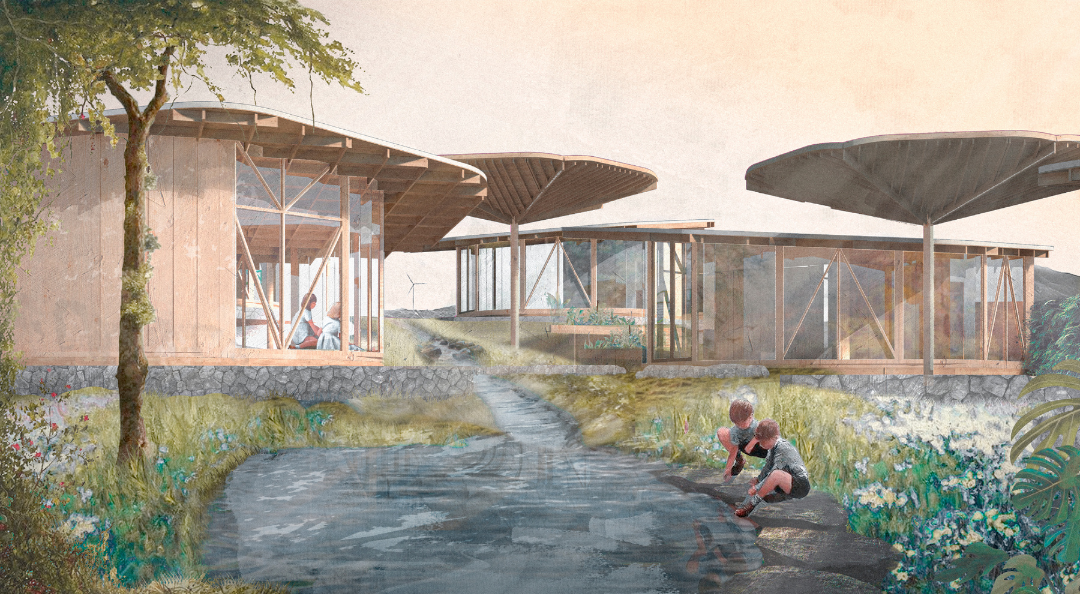

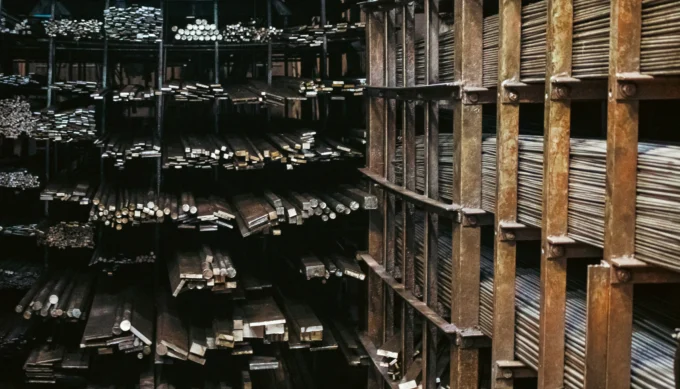
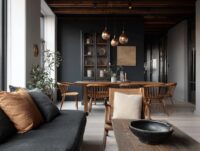


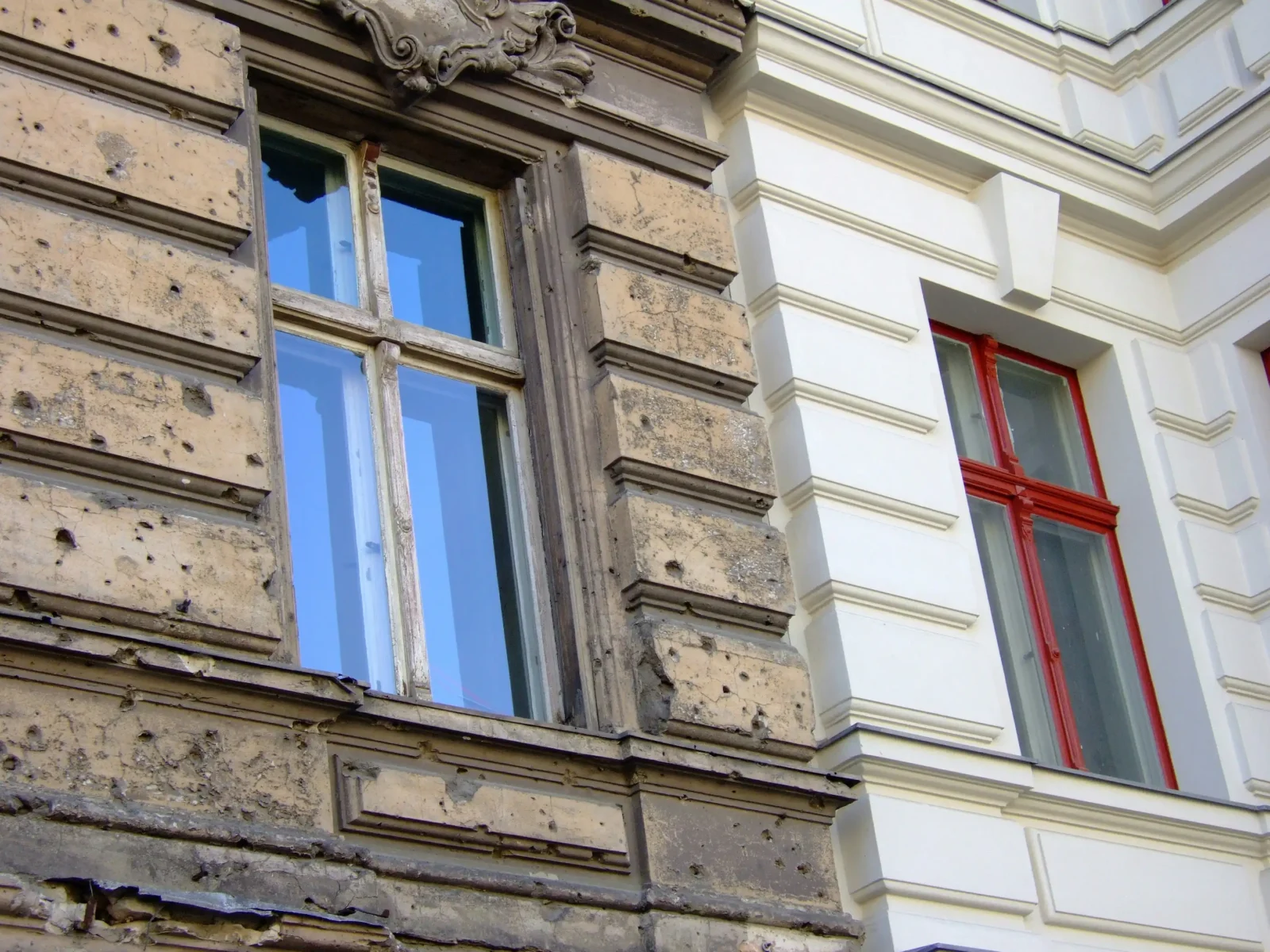

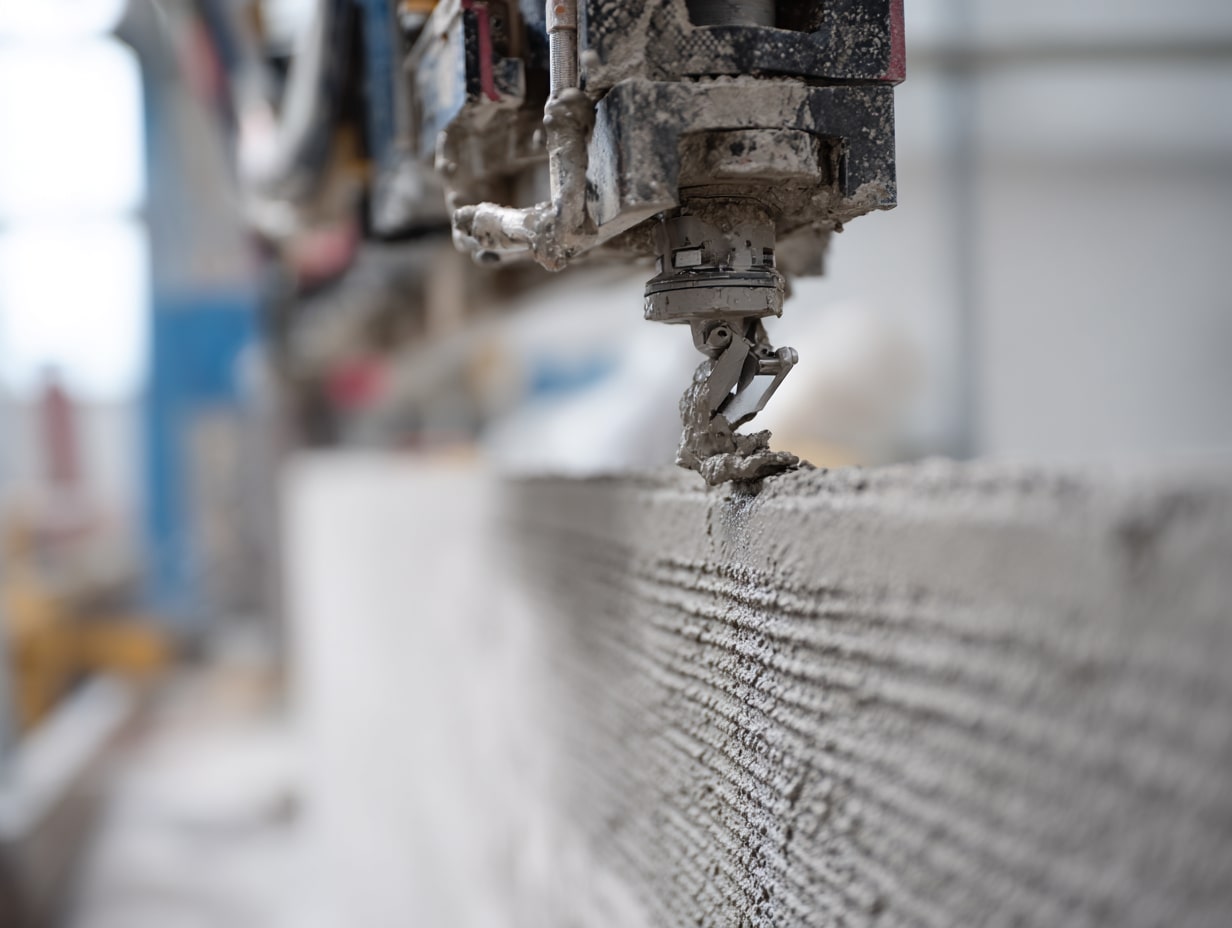

Leave a comment